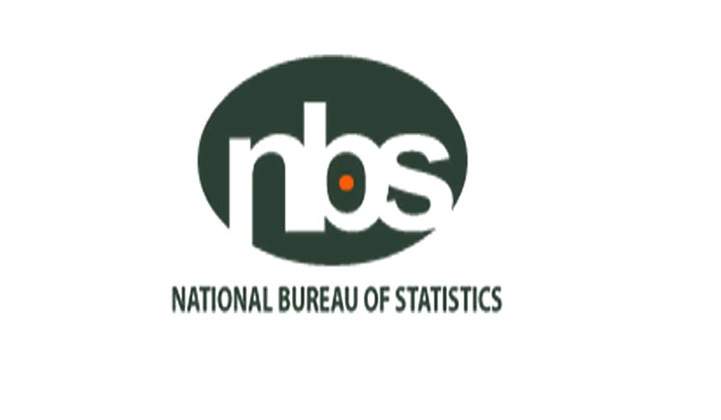Recent findings from the National Bureau of Statistics (NBS) have revealed a striking statistic about Nigeria’s labor force: 88% of the country’s workers are self-employed, indicating a pervasive trend of entrepreneurship and independent work.
According to the NBS report titled ‘Nigeria Labour Force Statistics Report Q2 2023,’ only 12% of workers in Nigeria were engaged in wage employment by the end of the second quarter of 2023. This data sheds light on the predominant nature of self-employment within the nation’s workforce.
The report also highlighted that the total unemployment rate for the same period stood at 4.2%. The NBS defines the unemployment rate as the proportion of the labor force comprising both unemployed and employed individuals who are actively seeking employment and are available for work.
Further analysis of the data revealed that the unemployment rate differed by gender and location. Among men, the unemployment rate was 3.5%, while for women, it stood at 5.9%. Additionally, the urban and rural areas exhibited distinct unemployment rates, registering at 5.9% and 2.5%, respectively.
The focus on the younger demographic showed that the unemployment rate for individuals aged 15-24 was 7.2% in the second quarter of 2023, underlining the specific challenges faced by this segment of the population.
The NBS emphasized that its data collection methodology, aligned with International Labour Organization guidelines, revealed that a significant portion of Nigerians are self-employed, operating their own businesses or engaged in agricultural activities.
Notably, the report classified employment into two broad categories: employees and the self-employed. Employees encompassed individuals working for pay in the form of salaries, wages (including paid apprentices), while the self-employed category included own-account workers, contributing family workers, and employers.
Delving deeper into the employment landscape, the NBS disclosed that 88.0% of employed Nigerians were primarily self-employed, with the remaining 12.0% primarily engaged as employees. The distribution by sex and location further revealed variations in the prevalence of self-employment.
Indicating the prevalence of informal employment, the data unveiled that 92.7% of employment in Nigeria fell within the informal sector, underscoring the significance of non-formalized work arrangements within the country’s economy.
However, the NBS has faced criticism following its alteration of the employment calculation methodology. The Nigerian Labour Congress expressed skepticism about the accuracy of the reported figures, citing a disparity between the statistics and the real-world unemployment scenario.
The revelation of the overwhelming prevalence of self-employment in Nigeria’s labor force has sparked conversations about the nature of work and economic opportunities within the country. As the NBS continues to refine its data collection methods, these insights serve as a critical reference point for policymakers, researchers, and stakeholders seeking to understand and address the dynamics of the Nigerian labor market.
